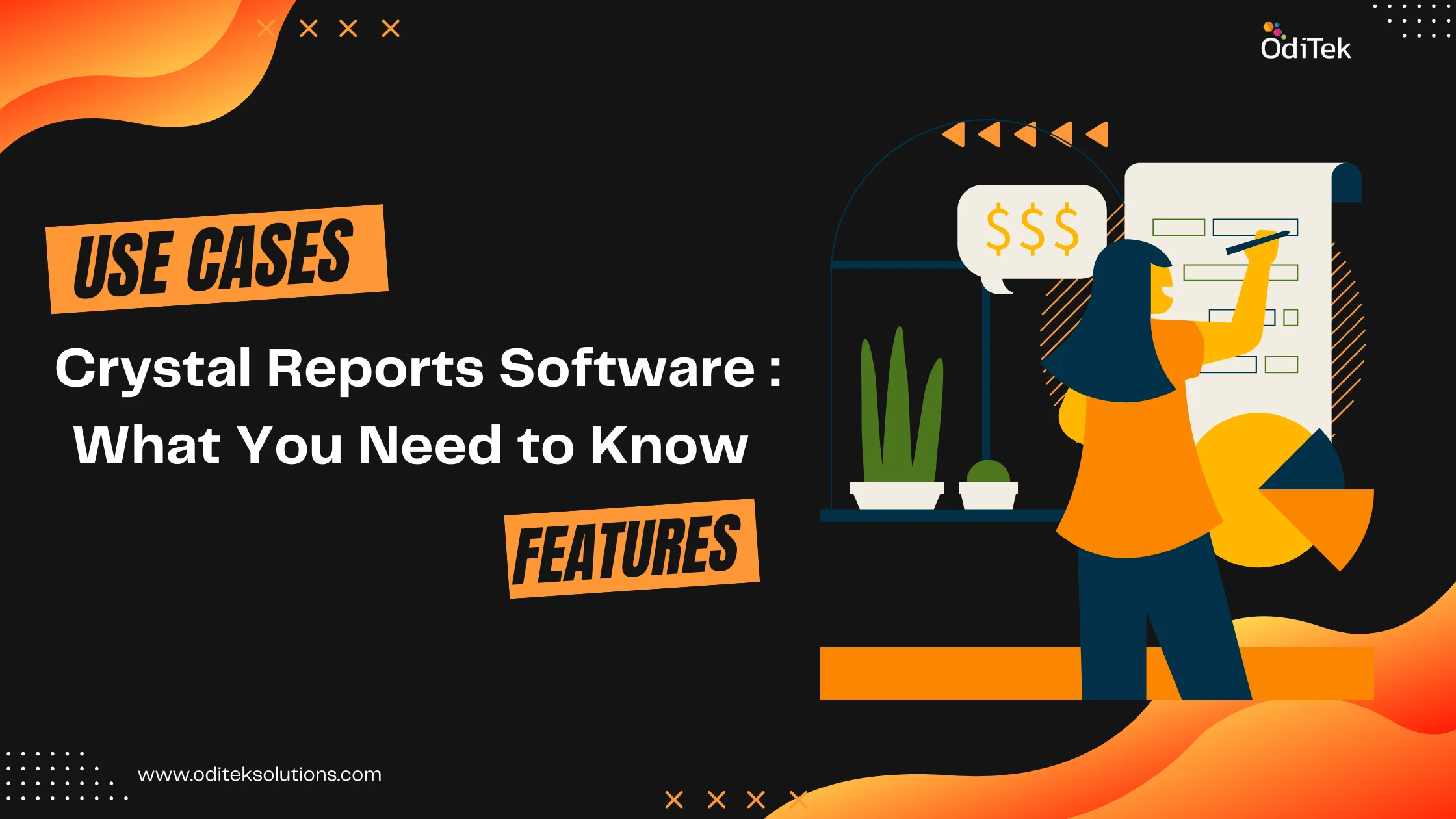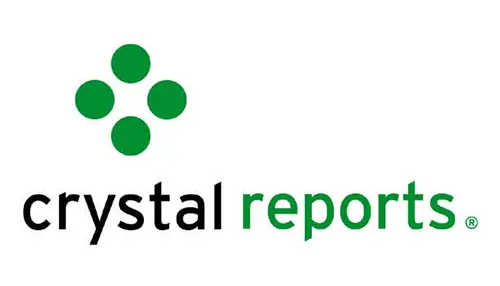Crystal Reports Software is widely recognized as one of the most trusted and robust business intelligence tools in the market today. It has been a cornerstone solution for organizations across industries for decades, providing a reliable and feature-rich platform for generating highly customized and dynamic reports from a wide array of data sources. Whether businesses need to extract data from databases like SQL Server or Oracle, spreadsheets like Excel, or other enterprise systems, Crystal Reports Software offers the versatility to connect to virtually any data source. Its intuitive report design capabilities allow users to create professional, detailed, and visually compelling reports that can be tailored to meet specific business needs.
Overview of Crystal Reports Software
Crystal Reports Software, originally developed by SAP, is a business reporting tool that helps companies design and generate sophisticated reports from virtually any data source. It allows users to create customizable reports that provide insights into business performance, making it an indispensable tool for organizations seeking to leverage data for decision-making.
Crystal Reports Software integrates seamlessly with various platforms, including Crystal Report Visual Studio, offering a wide range of data sources such as SQL, Oracle, Excel, and many more. With its powerful report design capabilities, users can present data in an easy-to-understand and visually appealing format.
Key Features of Crystal Reports Software
1. Report Design
Crystal Reports Software provides robust design options, allowing users to create professional and highly customizable reports. From basic tabular layouts to complex hierarchical structures, the design flexibility caters to various business needs. It also supports dynamic report generation, meaning reports can be updated in real-time as data changes.
2. Data Connection
One of the key advantages of Crystal Reports Software is its ability to connect to multiple data sources. Whether your data is stored in databases like SQL Server, Oracle, or even Excel spreadsheets, Crystal Reports can extract, process, and present it. Moreover, through Crystal Report Visual Studio, developers can integrate reports into applications seamlessly.
3. Report Formatting
The software offers a range of formatting options, from conditional formatting to advanced grouping and sorting. These features allow users to highlight key data points and provide personalized insights to different stakeholders.
4. Parameter Fields
With Crystal Reports Software, users can include parameter fields, allowing them to filter data or customize the content of their reports dynamically. For example, a sales manager might generate reports for specific regions or timeframes by simply entering parameter values.
5. Charting and Visualization
Crystal Reports Software supports a variety of chart types, including bar charts, pie charts, and line graphs. The visual elements enhance the presentation of data, making it easier for businesses to analyze trends and performance.
6. Subreports and Drill-Down Reports
Subreports and drill-down features allow users to create multi-layered reports. This enables users to view a high-level summary and drill down into the detailed data when needed.
7. Export Options
Crystal Reports Software supports multiple export formats, including PDF, Excel, Word, and HTML, making it easy to share reports with stakeholders in various formats.
Benefits of Crystal Reports Software for Businesses and Professionals
1. Time-Saving Automation
With its ability to automate data collection, processing, and report generation, Crystal Reports Software saves time for businesses. Users can schedule reports to be generated and delivered automatically at specified intervals, freeing up resources for other tasks.
2. Enhanced Decision-Making
Businesses can make better, data-driven decisions with Crystal Reports’ insightful and well-structured reports. By presenting data visually and clearly, decision-makers can identify trends, make predictions, and set data-backed strategies.
3. Customizable Reporting for Different Stakeholders
Crystal Reports Software allows businesses to customize reports for different departments or individuals. This means HR, finance, marketing, and other departments can each get personalized reports with data specific to their needs, enabling more focused analysis.
4. Integration with Other Applications
With Crystal Report Visual Studio integration, developers can embed reports into their applications, providing users with a seamless experience. This makes Crystal Reports a valuable asset for companies relying on custom applications for their operations.
5. Cross-Platform Compatibility
Crystal Reports Software works with a wide variety of platforms, ensuring that it fits into most business environments. Whether running on-premise, on a server, or integrated with a web application, the software is adaptable.
6. Cost-Efficiency
While some BI tools come with hefty licensing fees, Crystal Reports Software offers a cost-effective solution for businesses of all sizes. With flexible pricing models, even small businesses can afford powerful reporting capabilities without breaking the bank.
Use Cases Across Industries
Crystal Reports Software is widely used across various industries due to its versatility and ease of use. Here are a few key use cases:
1. Finance
Financial institutions rely on Crystal Reports Software to generate reports on transactions, budgets, forecasts, and compliance. The ability to create dynamic reports helps finance teams monitor performance in real-time and keep tabs on key financial indicators.
2. Healthcare
In healthcare, Crystal Reports helps generate reports on patient care, staffing, billing, and more. Hospitals and clinics use these reports to improve operational efficiency and patient outcomes.
3. Manufacturing
Manufacturing companies use Crystal Reports Software to track inventory, production schedules, and supply chain performance. Customizable reports allow them to monitor KPIs such as production efficiency, downtime, and quality control.
4. Human Resources
HR departments benefit from Crystal Reports by generating employee performance reports, payroll summaries, and recruitment analytics. These reports help HR managers make data-driven decisions regarding talent management.
5. Retail
In retail, Crystal Reports can be used to track sales performance, customer behavior, and inventory levels. Retailers rely on these insights to optimize sales strategies and ensure stock availability.
Crystal Reports Software vs. Other Reporting Tools
There are many reporting tools available in the market today, but how does Crystal Reports Software stack up? Let’s take a look at some comparisons:
1. Crystal Reports vs. SSRS
While both tools are widely used for reporting, Crystal Reports Software offers more advanced report design features. SSRS (SQL Server Reporting Services), on the other hand, integrates seamlessly with SQL Server and is favored for its ease of use for basic reporting needs.
2. Crystal Reports vs. JasperReports
JasperReports is an open-source alternative to Crystal Reports. While it’s cost-effective, Crystal Reports Software offers a more intuitive design interface and better support for complex data sources, especially in enterprise environments.
3. Crystal Reports vs. Power BI
Power BI is a cloud-based business intelligence tool that excels in data visualization and real-time dashboards. Crystal Reports Software, however, is more suitable for businesses that require intricate, highly formatted reports.
Step-by-Step Guide to Getting Started with Crystal Reports Software
1. Crystal Reports Download and Installation
Start by downloading the software from SAP’s official website. Once the Crystal Reports download is complete, follow the installation instructions to set it up.
2. Connecting to Data
Launch the software and connect it to your data source, whether it’s a SQL database, Excel, or other platforms. Crystal Reports Software offers various connection types, making it simple to link your data.
3. Designing Your First Report
Use the design interface to create your first report. Choose the data fields you want to include and arrange them in a table or other visual format. Experiment with grouping, sorting, and applying conditional formatting.
4. Incorporating Charts and Visuals
Enhance your report with visuals by adding charts and graphs. Crystal Reports Software supports a wide range of chart types that help to visualize data effectively.
5. Running and Exporting Reports
Once your report is ready, you can run it with real-time data. The software allows you to export your reports to various formats like PDF, Excel, or HTML, making it easy to share with others.
Conclusion
Crystal Reports Software remains a powerful and versatile tool for businesses looking to generate detailed and insightful reports from their data. Its wide range of features, including advanced report design, data connectivity, and customizable reporting options, makes it an essential tool across industries like finance, healthcare, and manufacturing. Whether you’re just getting started with Crystal Reports download or integrating it into Crystal Report Visual Studio, the software offers unmatched flexibility and functionality for all your reporting needs.
By mastering Crystal Reports, businesses can enhance their decision-making process, streamline reporting workflows, and deliver data-driven insights tailored to specific stakeholders. Whether you’re looking to streamline operations, improve performance, or gain actionable insights, our team at OdiTek is here to assist with the implementation, customization, and support of Crystal Reports Software to meet your unique needs. Let us help you harness the full power of your data through tailored reporting solutions that can elevate your business to new heights. Contact us today!







